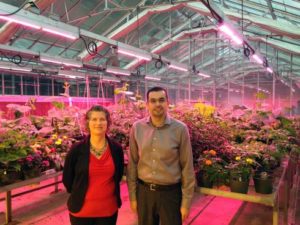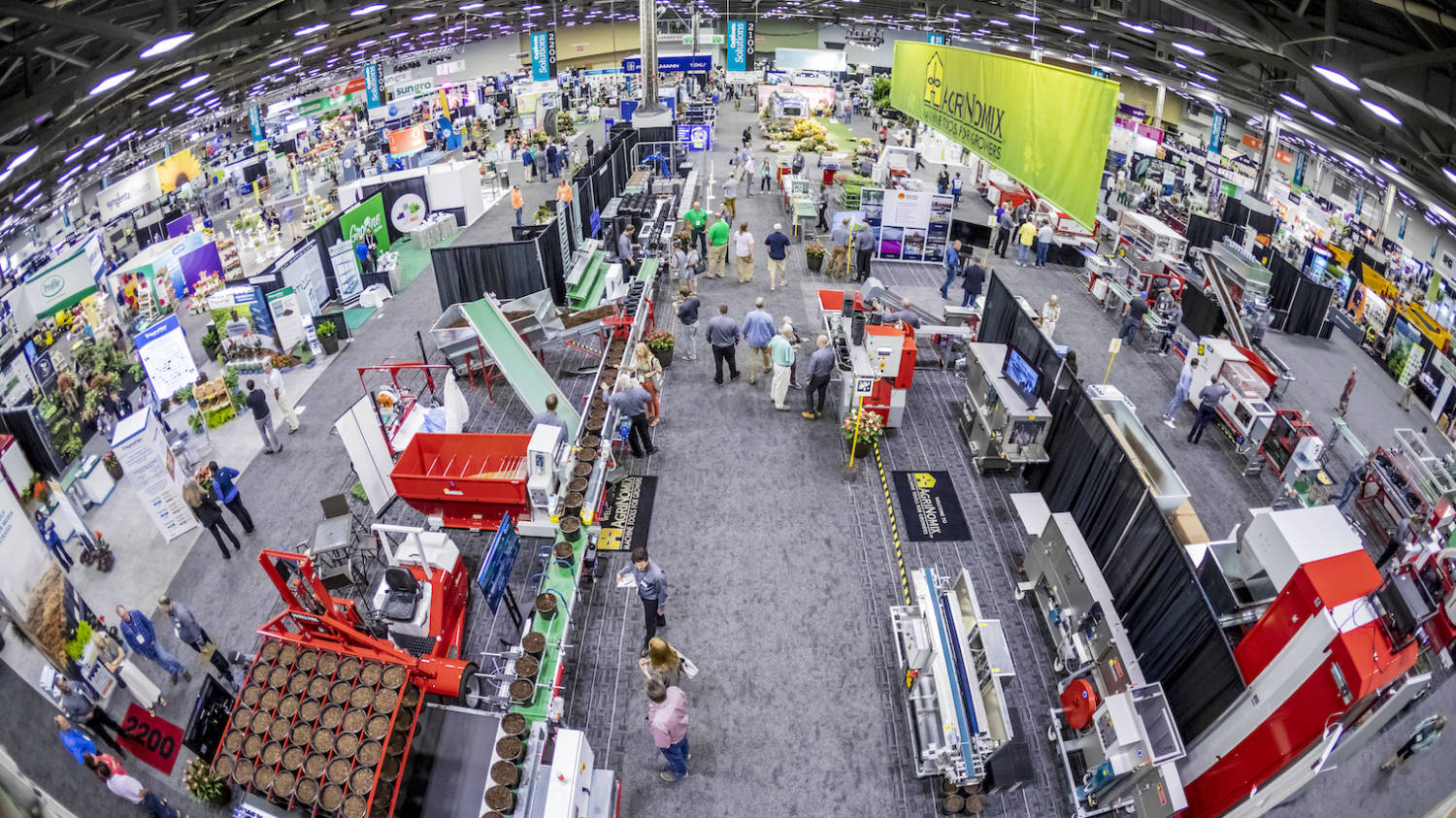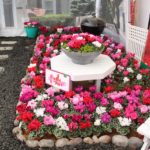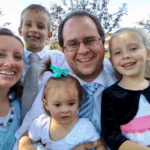Michigan State University, Philips Lighting Team Up
Michigan State University has teamed with Philips Lighting to update greenhouse supplemental lighting on the university’s East Lansing, Michigan, campus.
High-pressure sodium (HPS) lights have been the horticulture industry standard for decades, but light-emitting diodes, commonly known as LEDs, have increased in popularity for a variety of reasons. LEDs exhibit greater energy efficiency and endurance.

In total, 264 Philips LED toplighting modules, with a deep red/white, medium blue spectrum, were installed at MSU in 11 greenhouse sections used for horticulture teaching and outreach. The installation is the result of a partnership between Philips Lighting and several entities at MSU.
Because the supplemental lighting is used heavily — up to 16 hours per day — from October to April each year, the energy savings is significant. MSU projects an annual energy savings worth more than $15,000.
“Michigan State University is recognized as one of North America’s leading horticulture academic institutions, which is why we’re pleased MSU selected Philips Lighting LEDs to support the transition to LED technology,” said Ron DeKok, business development director of horticulture at Philips Lighting.
Continuing the commitment by Philips Lighting to support horticulture education and research, the LED installation is one of the largest at any university in the North America. Members of the Department of Horticulture within CANR — including Roberto Lopez, assistant professor, and Kristin Getter, academic specialist — have sought funding partnerships to revamp all aspects of the teaching greenhouses.
“We’re thankful to Philips, and we appreciate their collaboration in helping us create modern greenhouse teaching and outreach laboratories,” Getter said. “These greenhouses are primarily used for teaching, as well as growing plant material for the on-campus horticultural trial gardens. The Student Horticulture Association also grows plants in these greenhouses to sell in order to fund its activities.”


 Video Library
Video Library 




















